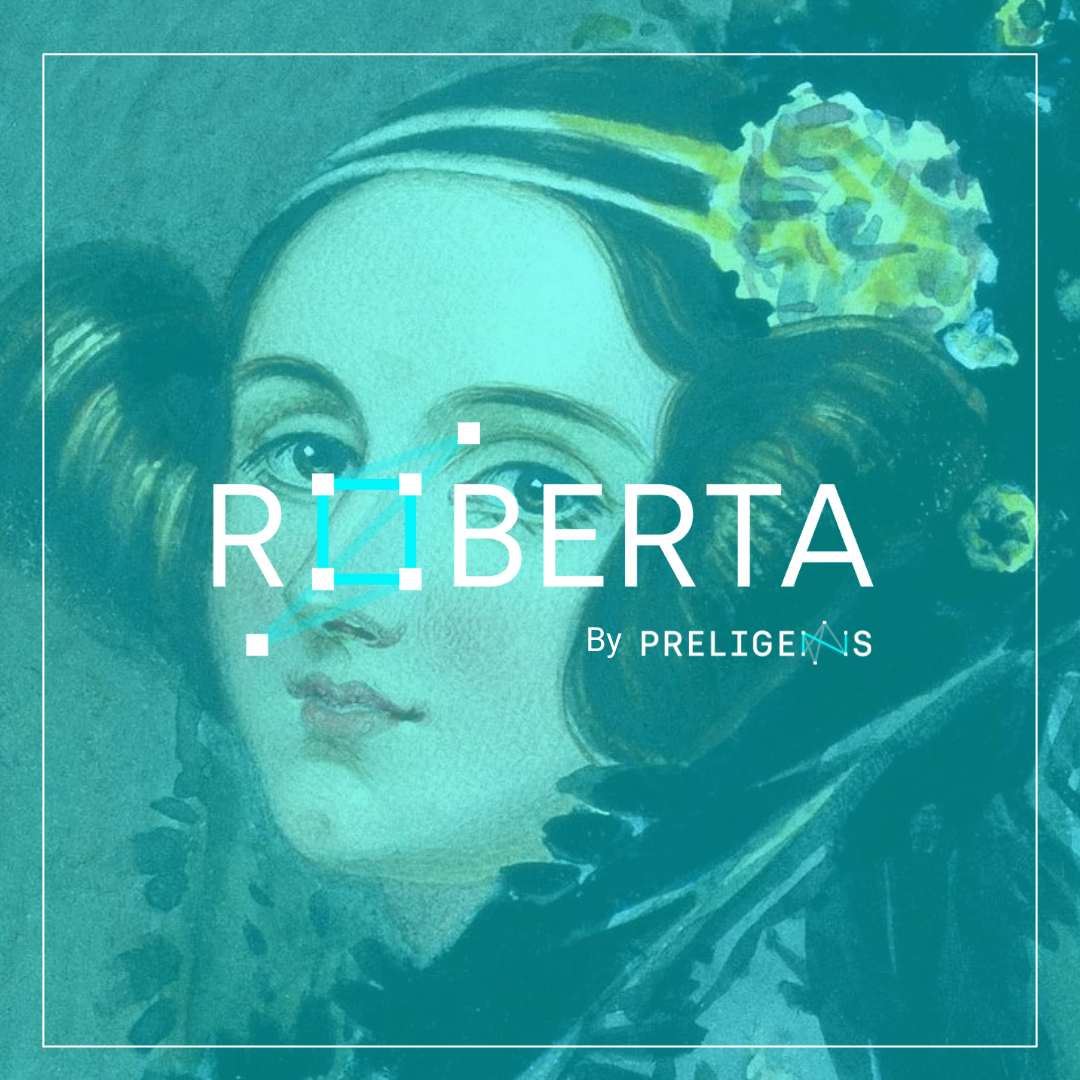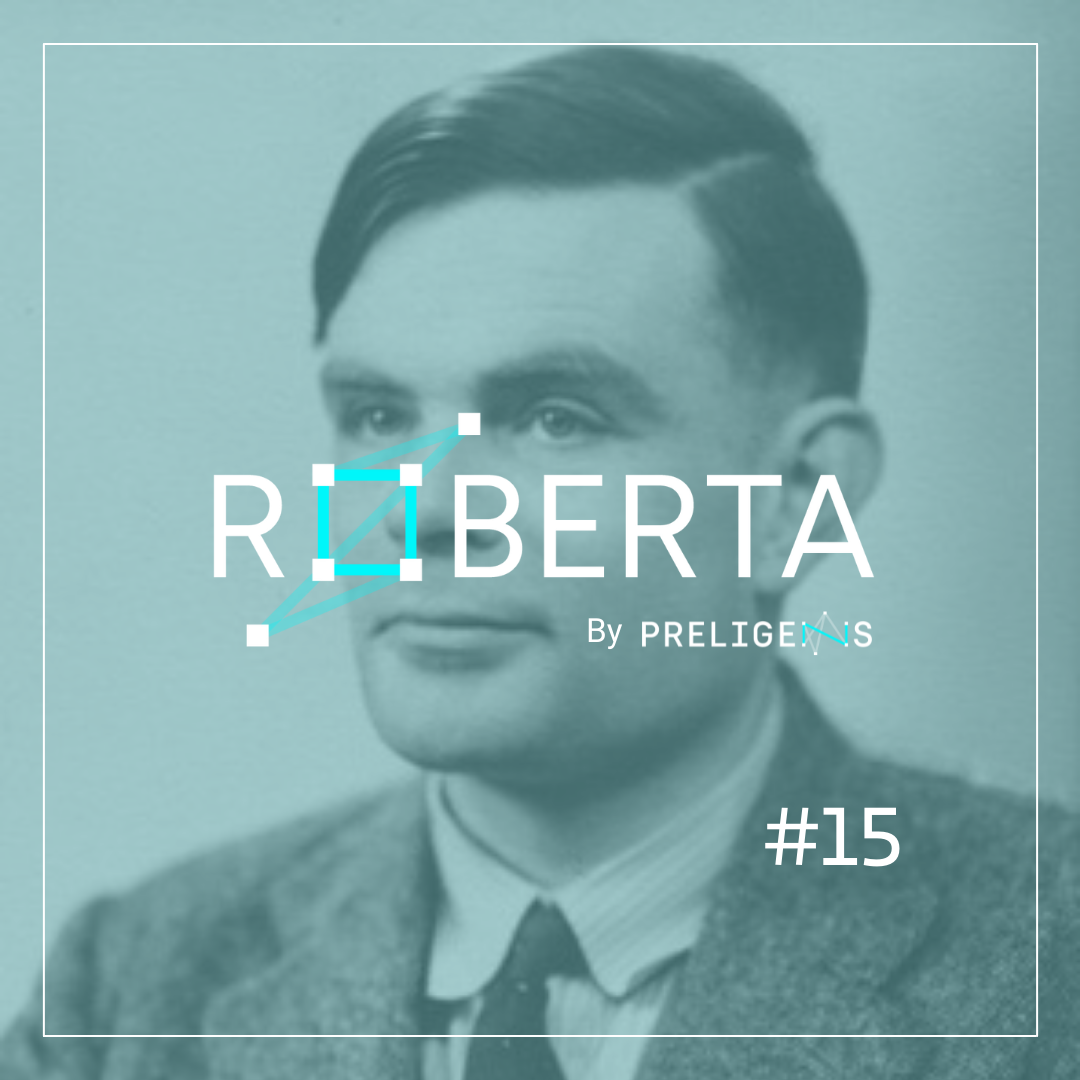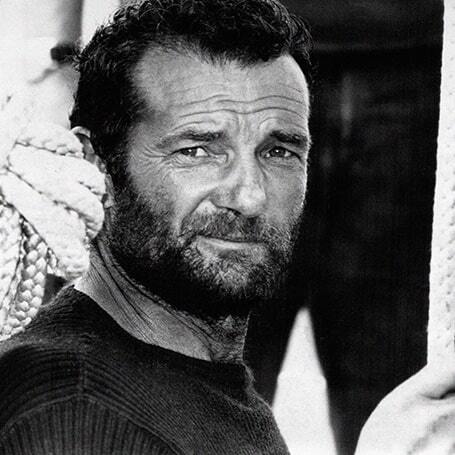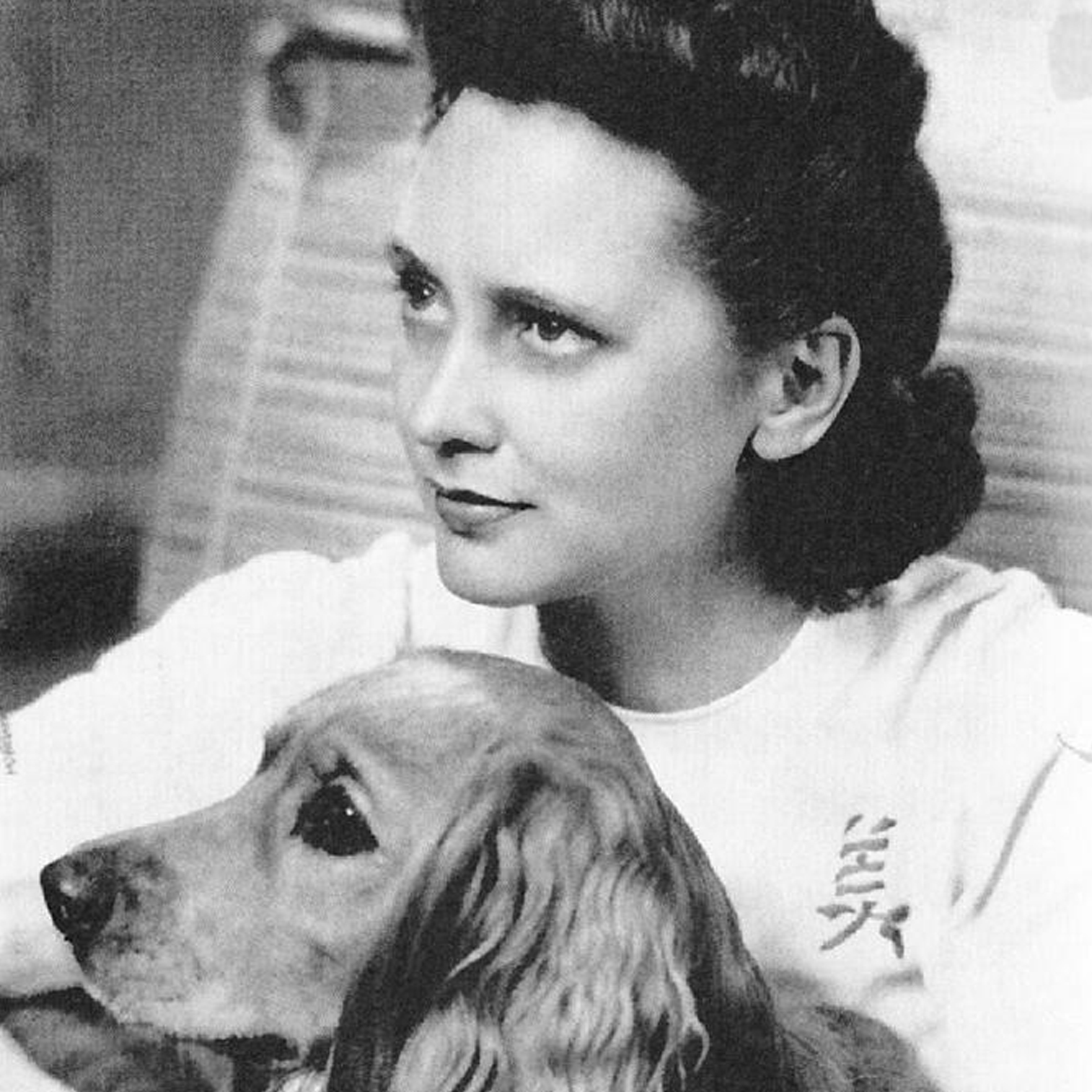Episode #8 Ada Lovelace, the first programmer

The three-quarter face, the hair tied in an elegant bun at the nape of the neck, the refined finery. These are the typical depictions of Ada Lovelace. All of her rank as a countess but nothing of her skills. If we had sifted through these paintings with our computer vision solutions, chances are that even artificial intelligence would not have detected the genius hidden within. And yet, Ada Lovelace is the first programmer and thus another figure at the origins of AI!
Who is she?
Augusta Ada King, Countess of Lovelace, born Augusta Ada Byron, in 1815, was the daughter of the famous British poet Lord Byron. Only one year after her birth, Ada's mother left Lord Byron. The young girl was raised by her mother, Annabella, who had a passion for mathematics. Despite her poor health, Ada studied science with Augustus de Morgan, an English mathematician and logician who was known as one of the founders of modern logic. At the age of 12, she wrote a treatise on the wings of birds with the idea of building a flying machine. Everything pointed to the illustrious destiny that awaited her.
An encounter that changed her life
In 1833, an encounter changed her life. Mary Somerville, known for translating Laplace's Treatise on Celestial Mechanics, was impressed by Ada's abilities and encouraged her to progress in mathematics. She introduced her to the famous mathematician Charles Babbage, inventor of the prototype of the calculating machine. Babbage was working on an "analytical machine" that would be able to repeat operations and process variables, numbers or letters, according to a formula written on punched cards. Ada's fascination with this machine followed her throughout her life.
In 1835, she married William King, Earl of Lovelace, who encouraged his wife's interest in science. Unfortunately her health caused her to withdraw from it for a few years.
When the student surpasses the master
In 1842, an article entitled "Notions sur la machine analytique de M. Charles Babbage" was published in French in a Swiss newspaper. Ada Lovelace, mastering both French and the mathematical concepts developed therein, was asked to translate the paper for the journal Scientific Memoirs. Encouraged by Charles Babbage himself, she added personal notes, enriching the length of the article by two. She envisaged the concept of a universal programmable machine, capable of performing an unlimited series of interchangeable tasks, and of a general-purpose machine that was not limited to numbers. Alan Turing is in for a treat!
Among the notes added by Ada, the last one is particularly remarkable. In it she develops a very detailed way of calculating Bernoulli numbers, i.e. a sequence of rational numbers, from Babbage's machine. This mathematical program includes the first conditional loop. She just created the first algorithm.
Thus, Ada is one of those female figures long forgotten by the history of science, even though her contribution to mathematics and especially to computer science built the foundations of artificial intelligence.


